Home>Ideas and Tips>Essential Steps For Setting Up A Home Office
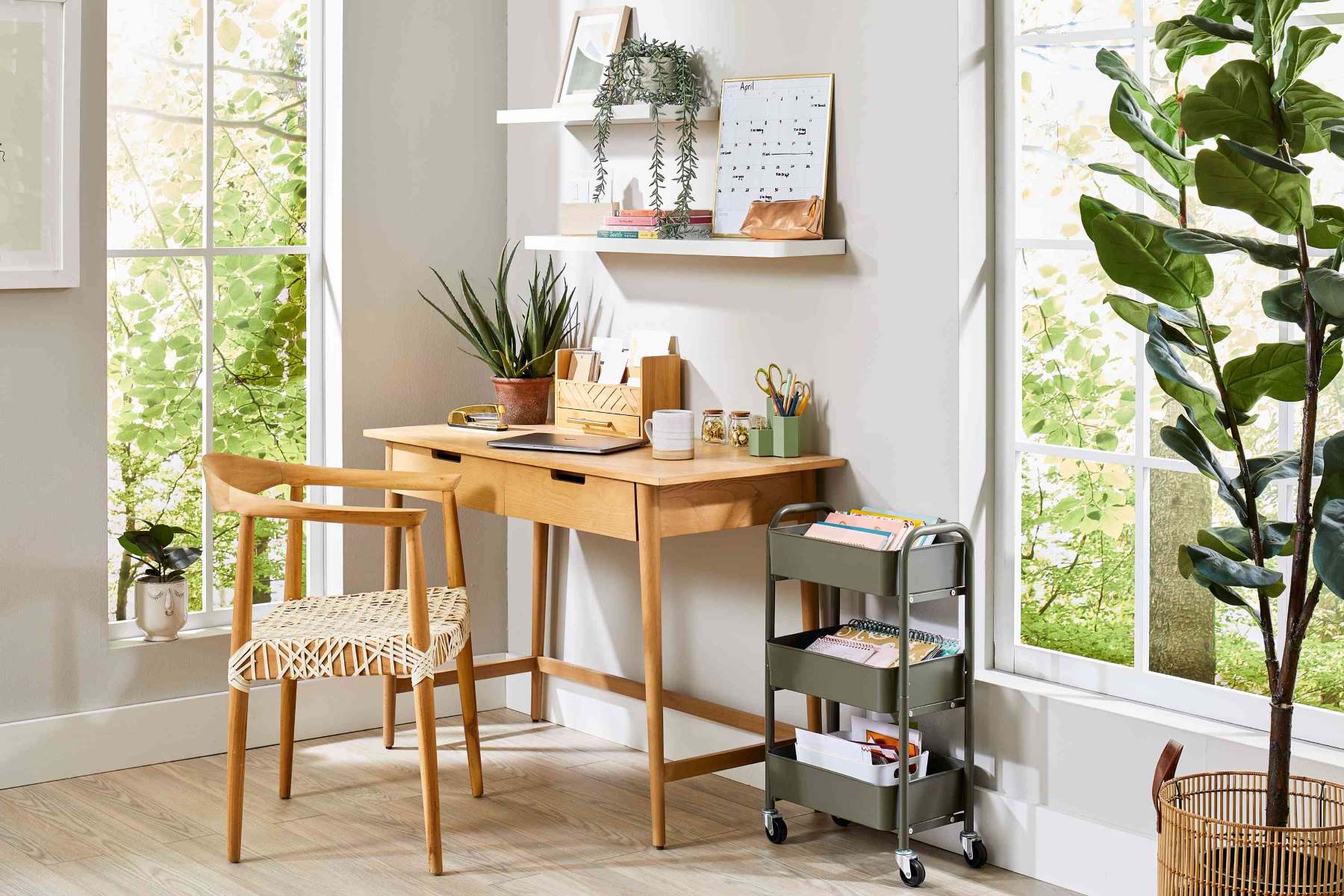

Ideas and Tips
Essential Steps For Setting Up A Home Office
Published: November 1, 2024
Boost productivity with our essential steps for setting up a home office. Learn how to create a comfortable, organized, and efficient workspace at home.
(Many of the links in this article redirect to a specific reviewed product. Your purchase of these products through affiliate links helps to generate commission for Storables.com, at no extra cost. Learn more)
Creating a productive and comfortable home office is crucial for anyone who spends a significant amount of time working from home. Whether you're a freelancer, remote employee, or entrepreneur, having a well-designed home office can significantly boost your productivity and overall work experience. In this article, we'll guide you through the essential steps to set up a home office that meets your needs and enhances your work environment.
Choose a Designated Workspace
The first and most important step in setting up a home office is to choose a designated workspace. This may seem obvious, but it's essential to carve out a dedicated spot for working. Working from your bed one day, your dining table the next, and the sofa after that can be detrimental to productivity. Instead, pick a spot in your home and make it your office space.
Whether it's a room of its own or just one corner of the house, dedicating a spot to work will help you get into the right mindset. It will also make it easier for your family and roommates to recognize when you're "at work" and, therefore, should not be disturbed. As you pick a spot, make sure that it's cordoned off from distractions like the living room TV.
Invest in Ergonomic Furniture and Accessories
Having the right furniture is crucial for maintaining your health and productivity. Did you know that having an ergonomic chair guarantees between 15%-20% more productivity? Yes, sitting on your couch or bed may seem comfortable at first, but after a while, your neck and back will start to ache. As such, make sure that you invest in ergonomic furniture for your home office setup.
- Ergonomic Chair: Get an adjustable chair with lumbar support, as well as items like wrist rests and footrests. This will help you avoid slouching and motivate you to stay productive all day long.
- Desk Height: Make sure that your desk is at an appropriate height for your arms and legs. This will help you maintain proper posture when seated.
- Laptop Stand: Invest in a laptop stand at eye level to ensure that your screen is at the right height for comfortable viewing.
- Keyboard & Mouse: Use a separate keyboard and mouse to ensure proper posture when seated. Most of these items are relatively inexpensive and will pay off in the long run with improved productivity and fewer trips to the chiropractor!
Embrace Natural Light
One of the biggest benefits of working from home is having access to natural light, unlike those who work in a traditional office setting – 47% of employees admitted that they feel tired or very tired from the absence of natural light or a window at their office!
So, when creating your home office setup, make sure that you embrace what nature has to offer. Find a spot where you can access natural light and enjoy its many benefits, like increased alertness, improved mood, and enhanced productivity. Plus, if you work at night, avoid working in dimly lit rooms and use adjustable lamps to brighten your work area. Not only will it help you stay alert, but it will also ensure that you don’t strain your eyes during long work hours.
Upgrade Your Tech Stack
Working from home comes with a lot of meetings, and having the right tech stack is essential for productivity. Here are some tips to upgrade your tech:
- Camera: Invest in a camera with a wide-angle lens to capture multiple persons on the call.
- Microphone: Consider investing in an external microphone which will allow for increased audio clarity and noise-canceling properties – this is especially important if you’re having online meetings with clients or colleagues and you happen to live in a noisy home or neighborhood.
- Software: Ensure that your software is up to date. Check that you have the necessary plugins and add-ons for your tasks, and that all of your tech components are working in harmony (for instance, the camera, microphone, and speakers should all be compatible).
- Internet Connection: Finally, upgrade your internet connection with the fastest plan available. This will help you avoid unnecessary lags and drops during calls or live-streaming sessions.
Declutter and Organize
The more things you have lying around your office, the more distracted you’ll be because you'll feel that everything is calling for your attention. This is actually science. Not just that, but being organized will save you 60 minutes a day. Couldn’t we all use an extra hour in our days?
Therefore, always take the time to declutter your workspace and organize your items in a way that’s easy to access. Use baskets and drawers for small items, use vertical storage solutions like bookshelves or wall organizers, and label everything, so you know where to find it when needed.
If you're more of a visual learner, consider using whiteboards or wall planners to keep track of your tasks or ideas instead of writing them down on sticky notes and throwing them all over your desk.
Minimize Eye Strain
Excessive screen time will not only cause eye strain but can also interfere with your sleep cycle. That’s why investing in blue-light-blocking glasses is a must for any home office. These glasses can significantly reduce the strain on your eyes from prolonged screen time.
Personalize Your Space
Just like any other space in your home, make sure that your home office reflects your personality and the type of work you do. For example, if you’re a creative or an artist, add some colorful accents or art pieces to the room. If you’re a minimalist, choose clean lines and less clutter in your design.
Regardless of what you choose, make sure that it not only looks great but also feels comfortable. After all, this is where you’ll spend most of your time during working hours. You should motivate and inspire yourself every day by creating an atmosphere that can help boost your productivity, and the best way to do this is by making it yours.
Consider Functionality
While aesthetics are important, functionality should be the primary focus when designing your home office. Here are some tips to ensure that your space is functional:
- Identify Needs: Begin by identifying the things you need to do every day and every week for your work. Then, consider ways to streamline these processes.
- Power Distribution Unit: Invest in a power distribution unit (PDU) to manage your electronics efficiently. This gives you a master switch to turn power on or off to everything except for the router and modem which are always on.
- Cable Management: Use cable management systems like cable sleeves, wire racks, and power strips underneath your desk to keep the mess out of sight. This will help reduce distractions and make your workspace more organized.
- Acoustic Foam: If you’re recording audio or video, consider using acoustic foam on the walls. This can help improve sound quality by reducing reverb in the room.
Ensure Comfort
The second pillar of a great home office is comfort. The goal isn’t to fall asleep, rather if you’re comfortable in your workspace, you’ll tolerate being in there longer. Here are some tips to ensure comfort:
- Office Chair: Invest in a high-quality office chair that supports your body and is comfortable. For example, the Herman Miller Embody chair is designed to provide long-lasting support and comfort.
- Height-Adjustable Desk: Consider using a height-adjustable desk that allows you to switch between sitting and standing throughout the day. This can help reduce the risk of repetitive strain injuries and improve overall health.
Read more: How To Light Up Outdoor Steps
Maintain Focus
The third pillar of a great home office is focus. With social media and technology eroding our ability to focus on a single task, it’s important to remove distractions that divide your attention. Here are some tips to maintain focus:
- Minimize Distractions: Remove any unnecessary items from your workspace that could distract you from your tasks.
- Use Tools: Utilize tools like website blockers or apps that help you stay focused on your tasks.
- Create a Schedule: Create a schedule for your day and stick to it. This will help you stay on track and avoid multitasking.
Add Privacy
If you’re fortunate enough to have a dedicated room for your office, that room probably has walls that go all the way from the floor to the ceiling and solid doors that close. But when your office is in, say, the corner of your bedroom, you might find it hard to separate work from home.
Consider adding a privacy divider to your home office setup. You can get traditional dividers that sit on the floor or hang a curtain from the ceiling or on a rod. Curtains are a lightweight and generally inexpensive method of “closing the door” to your office. And, with a curtain, you can choose something subtle that blends in with the rest of the decor or something wild and crazy to give your “door” some pizazz.
Consider Who Else Uses the Space
As you’re setting up your home office, consider who else will use it and pick the space and furniture accordingly. Will the kids also use the office for homework, and will your partner work from home, too? Consider a partner desk setup where two people can work at the same desk at the same time.
Are clients dropping by? While you could meet with them in the living room, that may not always be the best choice. Make sure you add seating and table space for clients, too.
Get the Right Desk
Working at home means spending a lot of time at your desk. So, you want to invest in a desk that fits your budget, your workflow, and your space. And, you want a desk that contributes to your productivity by helping you stay comfortable all day.
Dave Hulst from Bush Business Furniture points out that “sitting all day and standing all day can cause both aches and pains or even long-term health issues.” While they can take some getting used to, consider getting a standing desk instead of a traditional “fixed” desk. “With an ergonomic height-adjustable desk, you can sit when you feel like it and stretch your legs when you need to by bringing your desk to standing height with a push of a button.”
Stash It Away
When you think about the supplies you need for remote work, we often picture a laptop—and not much else. But, depending on your particular job, you’ll likely have at least some papers, pens, and other office supplies floating around. And yes, even some paper files to maintain.
Dedicated storage options aren’t just good for the rest of your household items. They can also be used in your home office to house files, papers, stationery, and more. It doesn’t have to be large filing cabinets or huge desks and drawers. A simple cubby system with small bins could work. So could plastic storage tubs if you need to pack up your office at the end of the day. Even if you just clear a small area in an existing shelving unit and dedicate it to work items, you’ll immediately feel more organized.
Tame the Wires
Sure, Wi-Fi is everywhere, but that doesn’t mean you won’t have a lot of cords in your office. Even your mobile devices have to plug in to recharge sometimes. Your home office is the one place you can count on cords, cords, and more cords.
Invest in some kind of cord management system. This can be as simple as a twist tie or something a little more elegant. Make sure that whatever you get, you use it. Also, when your office is in a dedicated but public spot, think about where the outlets are when you’re setting up shop. You may not have a lot of options and find you have to run power strips and extension cords across the floor. When that’s the case, make sure you find a way to do it safely (like with cord covers).
Conclusion
Setting up a home office requires careful consideration of several factors including functionality, comfort, and focus. By following these essential steps—choosing a designated workspace, investing in ergonomic furniture and accessories, embracing natural light, upgrading your tech stack, decluttering and organizing your space, minimizing eye strain, personalizing your space, considering functionality and comfort, adding privacy dividers, considering who else uses the space, getting the right desk, stashing away supplies, and taming wires—you can create an environment that boosts your productivity and enhances your overall work experience.
Remember, your home office should reflect your personality and meet your specific needs. With these tips, you'll be well on your way to creating a productive and comfortable workspace that helps you thrive in your career.
Was this page helpful?
At Storables.com, we guarantee accurate and reliable information. Our content, validated by Expert Board Contributors, is crafted following stringent Editorial Policies. We're committed to providing you with well-researched, expert-backed insights for all your informational needs.
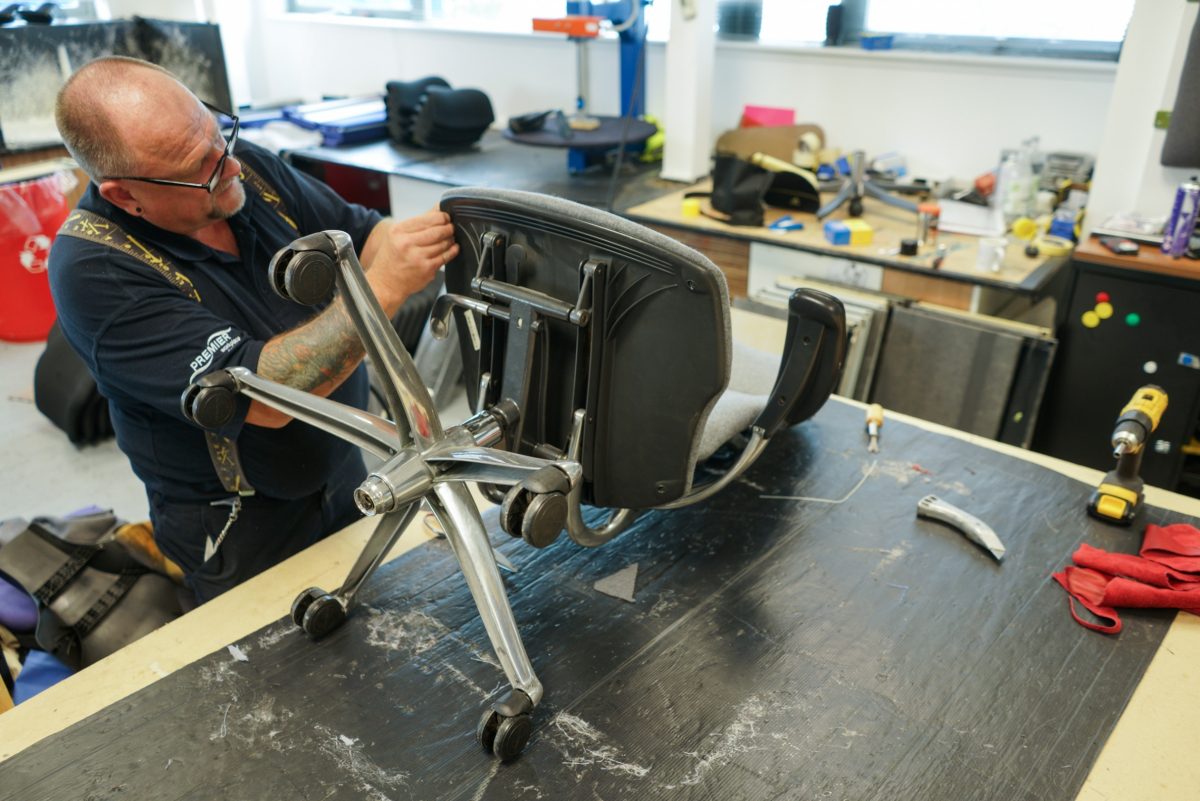





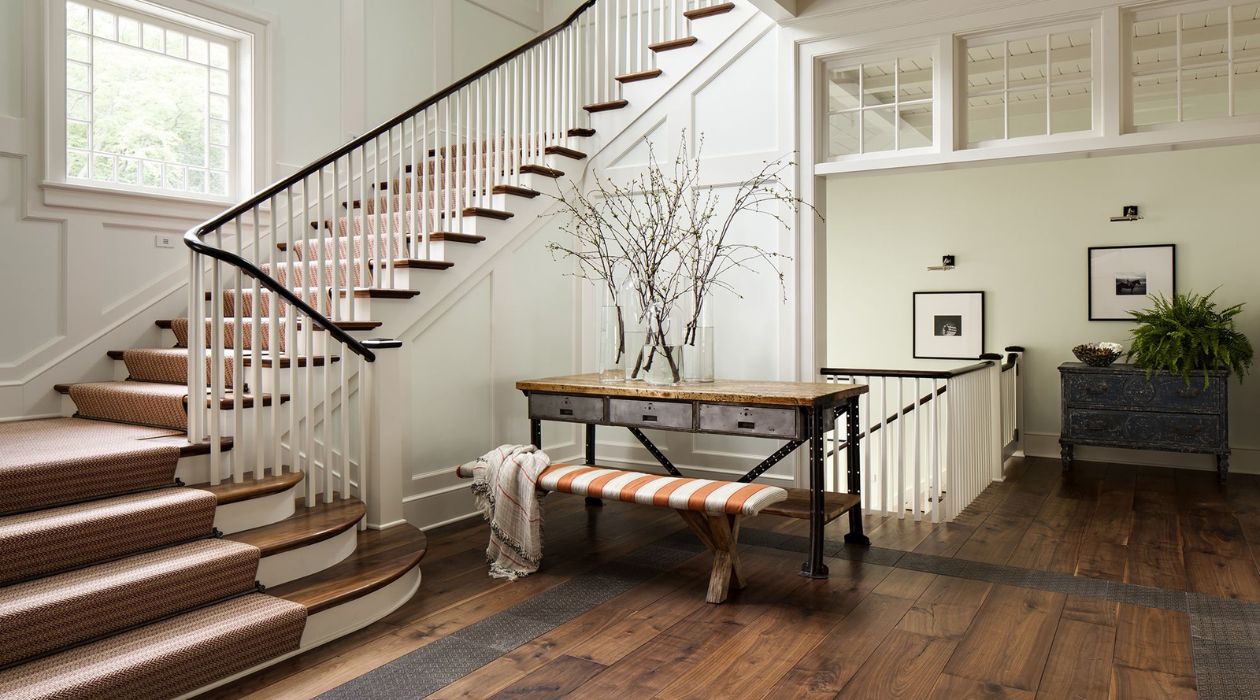


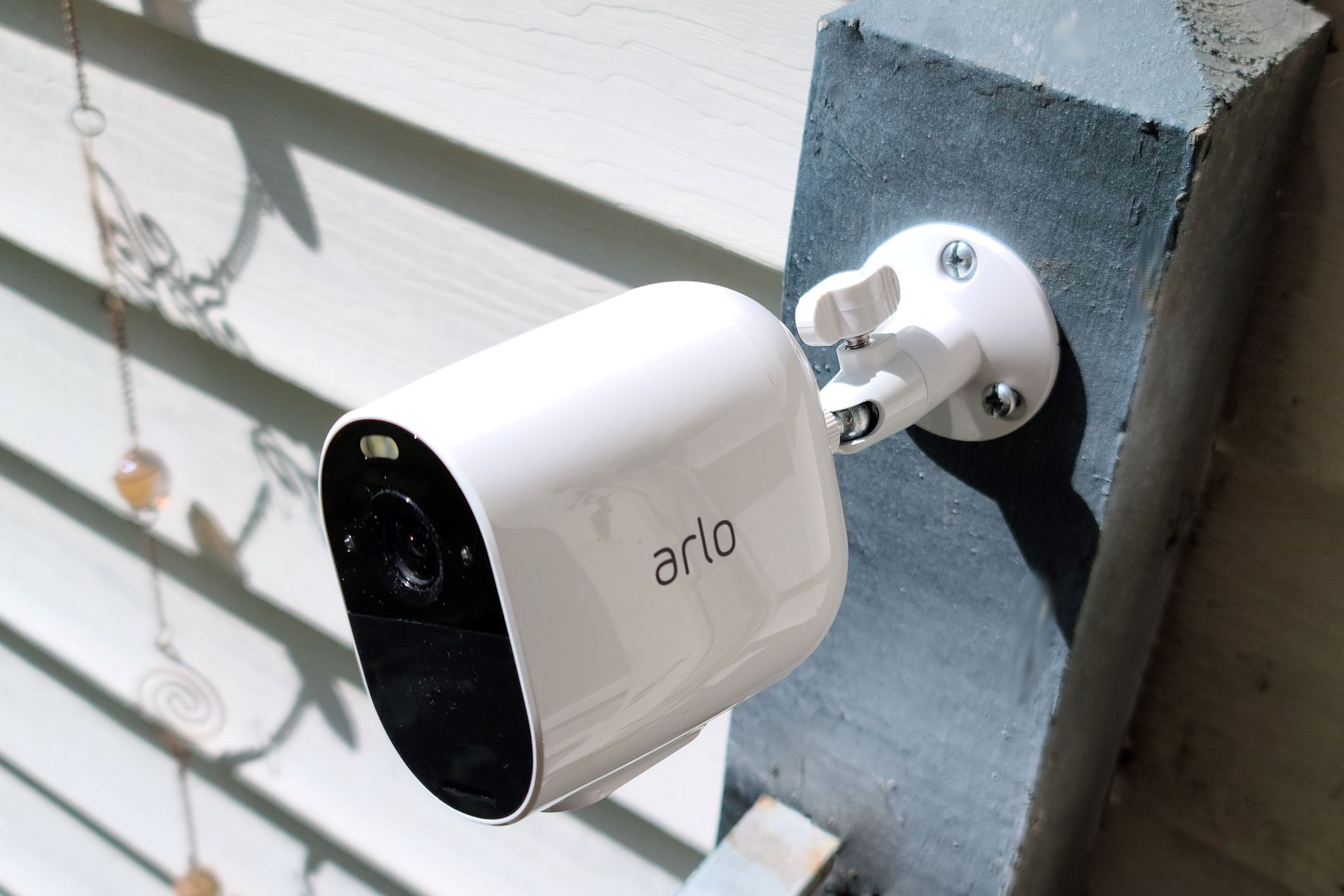
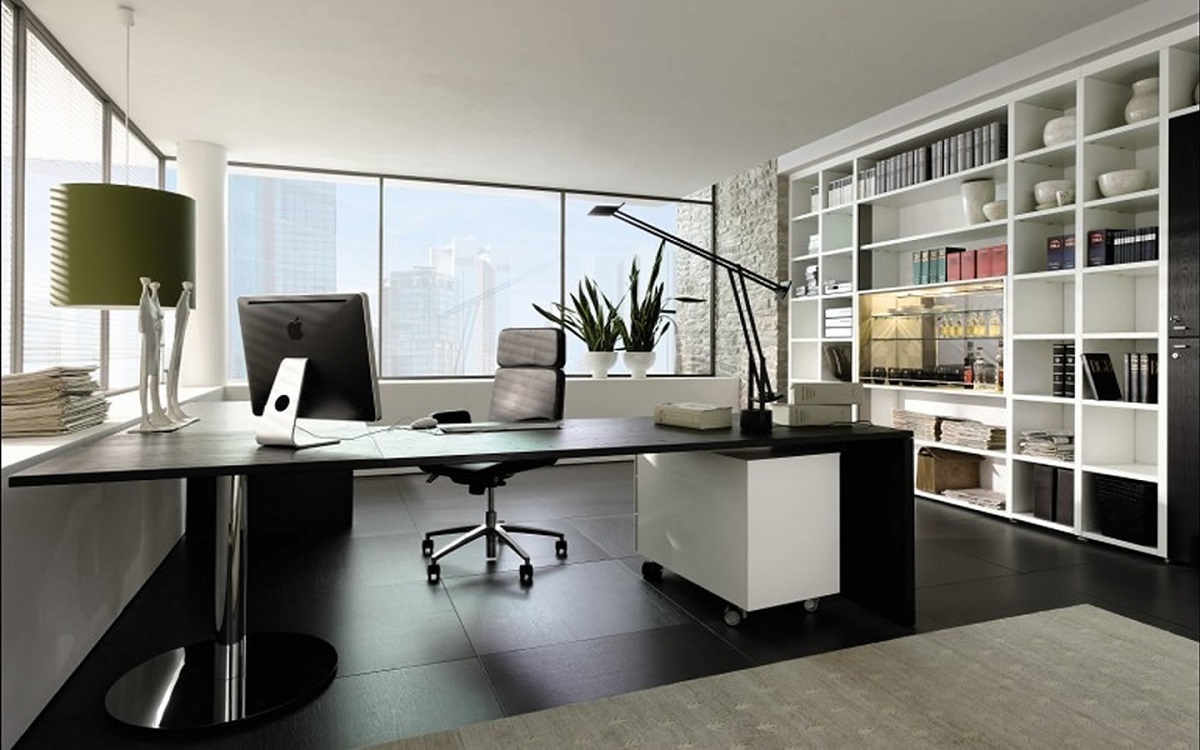
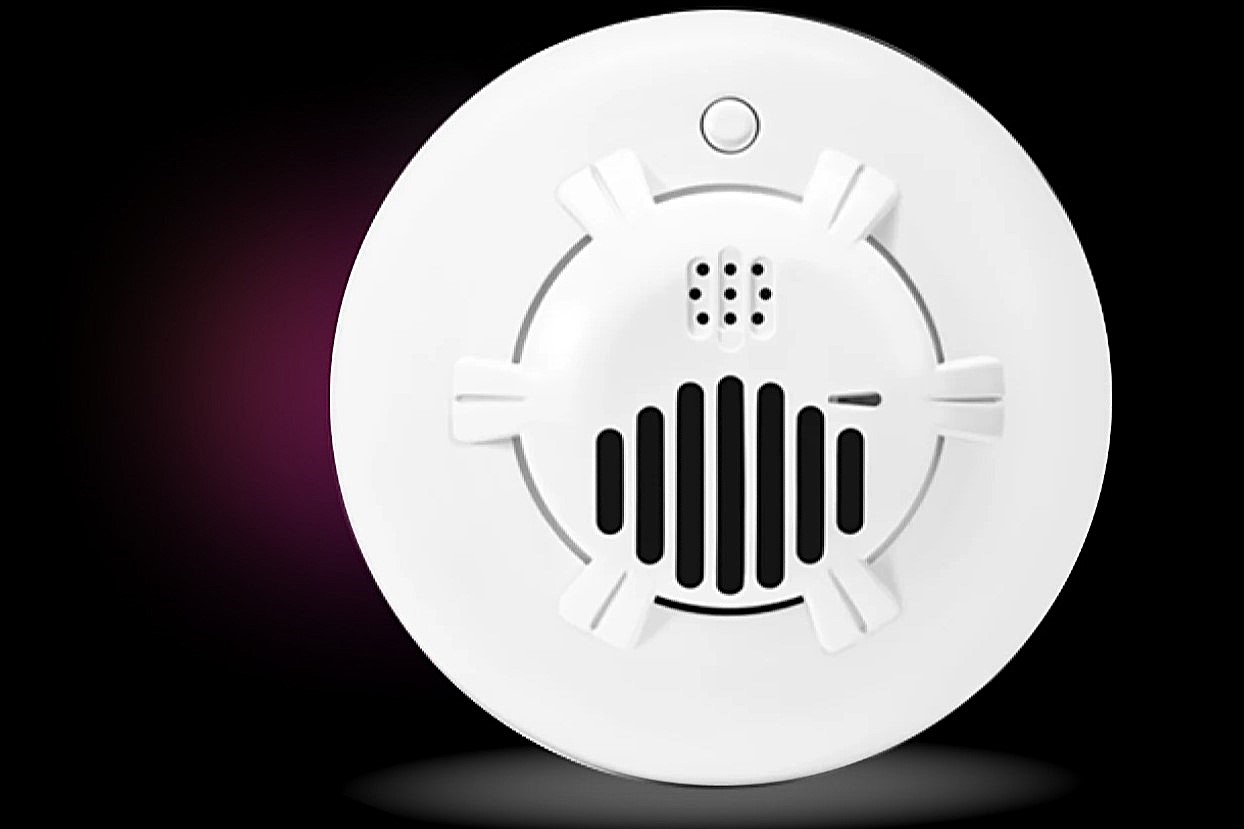

0 thoughts on “Essential Steps For Setting Up A Home Office”